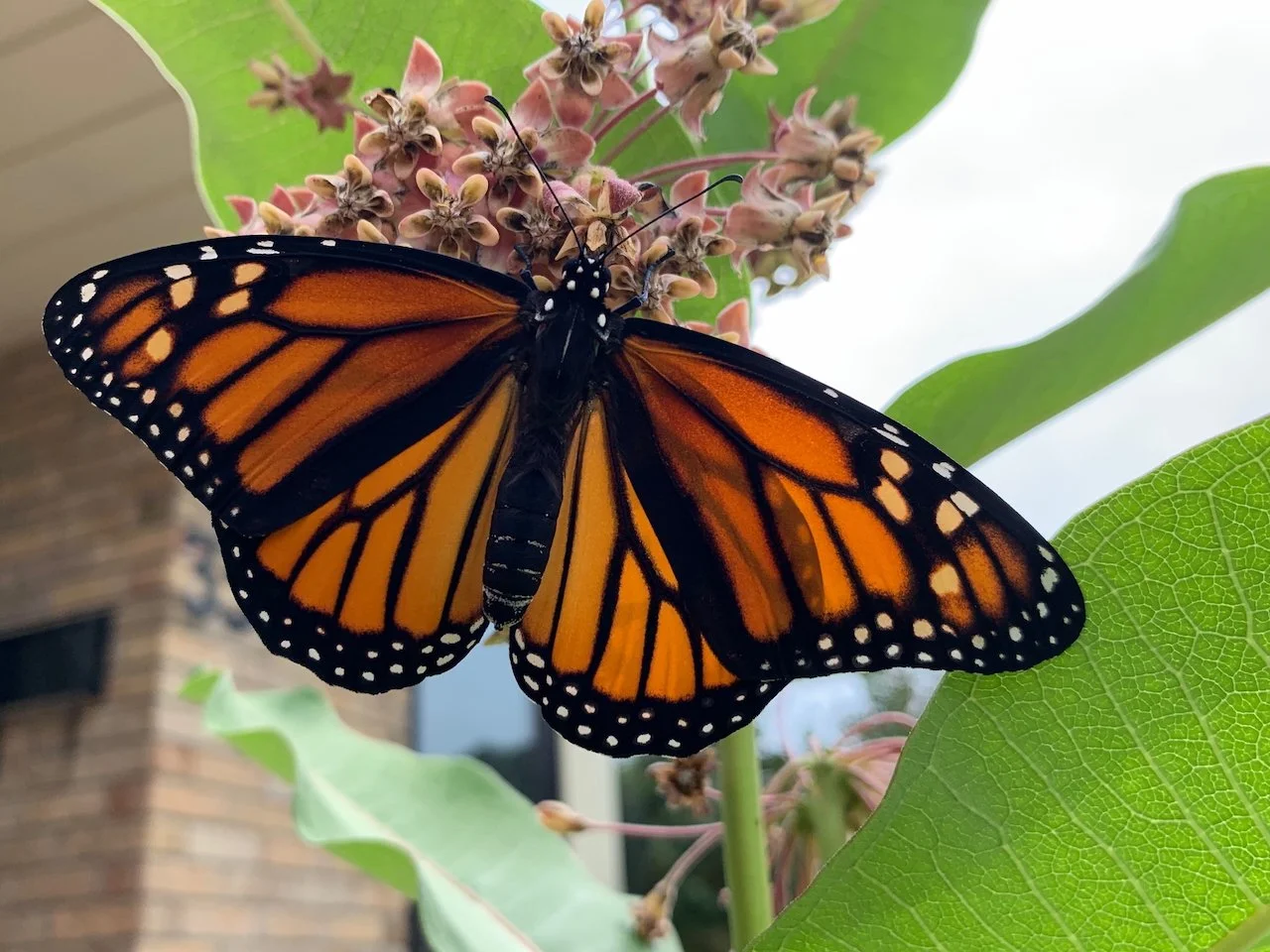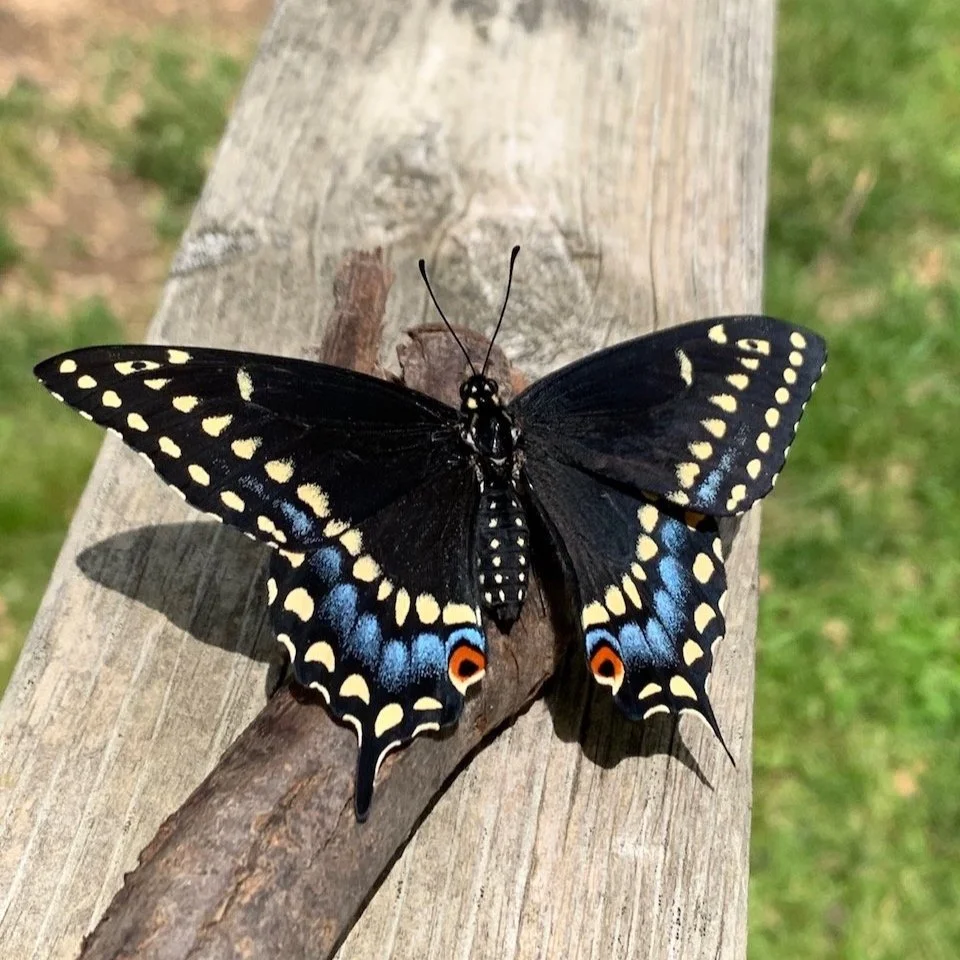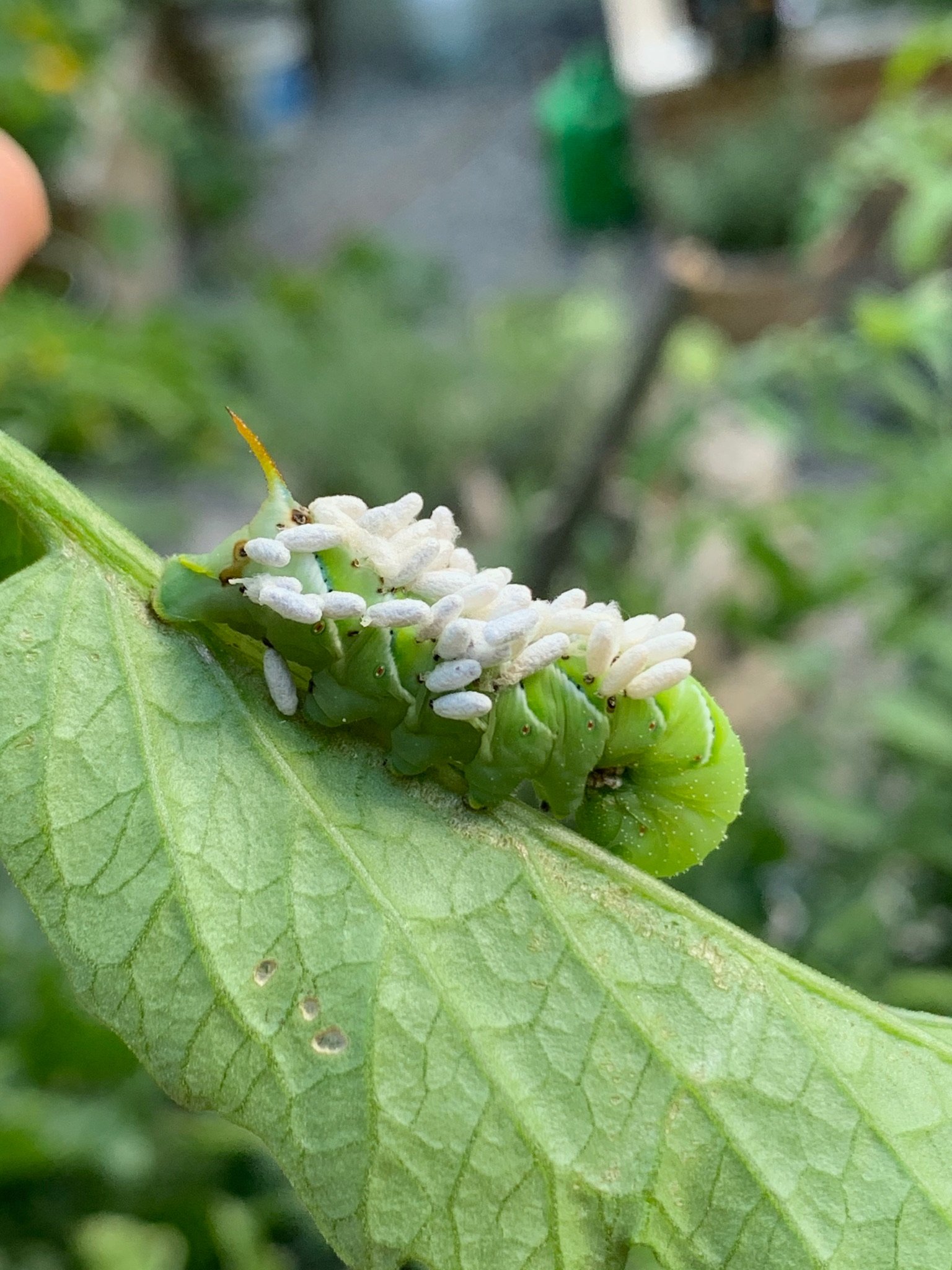
Who Are These Pollinators?
Have you ever wondered which species are responsible for pollinating your fruits and vegetables? Allow us to introduce you to some of the key pollinators. While you might not encounter all of them in your backyard, depending on your geographic location, you'll be amazed by the diversity of pollinators you may not have considered before.

How To Attract Pollinators
While it's common knowledge that a thriving vegetable garden needs sunlight, water, and nutrient-rich soil, the crucial role of pollinators is often overlooked. Have you ever wondered which species are responsible for pollinating your fruits and vegetables? Let us introduce you to a few key pollinators.

Who Pollinates My Vegetables?
Pollinators are truly fascinating creatures. Once you begin to understand their vital roles, you'll find joy in observing them at work in your garden. Knowing which pollinators support the growth of specific vegetables and fruits is essential for creating a thriving ecosystem tailored to their needs.
We give you our list of which species pollinates which vegetables in one easy to read spreadsheet.

Small Carpenter Bee
Meet the Small Carpenter Bee (Ceratina species)—a tiny, metallic marvel that breathes life and vitality into your garden. With their shimmering black or blue-green sheen, these bees are dazzling, industrious workers that thrive during the warmer months.

Squash Bee
The Squash Bee (Peponapis pruinosa) is a welcome addition to any garden. If you plan on growing zucchini, pumpkins, or any other squash (Cucurbita) plants, it’s time to get acquainted with this special pollinator!

Dunning’s Miner Bee
Love is in the air—and in the soil! 🐝💛 Dunning's Miner Bees (Andrena dunningi) pair up in early spring, ensuring the next generation of these essential pollinators. A fleeting moment of romance before the real work begins!

Monarch Butterfly
Each autumn, a seemingly fragile insect embarks on one of the most epic migrations on Earth. The monarch butterfly (Danaus plexippus) defies expectations, traveling thousands of kilometres and spanning multiple generations. All without a GPS or return ticket! But their journey isn’t just remarkable; it’s vital. And you, dear gardener, can play a role in their success!

Eastern Black Swallowtail
In the quiet of a summer morning, you might catch a flicker of black and blue darting low across your garden beds. It’s not a shadow, it’s the Eastern Black Swallowtail (Papilio polyxenes), a native butterfly with a flair for drama and a taste for parsley or any other plant from the carrot family.

The American Lady
The American Lady (Vanessa virginiensis) is a dazzling sight across Ontario during the warmer months, fluttering low over meadows and garden beds with vibrant wings and whimsical charm. Though often mistaken for its more famous cousin, the Painted Lady (V. cardui), this butterfly carries its own fascinating story filled with transformation, migration and ecological magic.

Cuckoo Wasp
Nature has a knack for crafting creatures that seem almost too dazzling to be real. One such marvel is Chrysis angolensis, a cuckoo wasp that blends mesmerizing iridescence with a parasitic lifestyle. Found across the world, this insect isn’t just a spectacle of colour - it’s a master of survival.

Fireflies of Ontario and How to Help Them Shine
Experience the glowing magic of Ontario’s fireflies—from their silent soil-bound beginnings to their luminous courtship dances in summer skies. Read about the vital role fireflies play in local ecosystems, how urban life threatens their sparkle, and the simple steps you can take to help them thrive. When we protect the dark and let the land breathe, fireflies respond with light.

Braconid Wasp
Braconid wasps (Braconidae) are tiny insects, measuring around half an inch in length, with distinctively slender waists. While they pose no threat to humans as they don't sting, they play a remarkable role in controlling other insects.

Six-spotted Tiger Beetle
Meet the six-spotted tiger beetle—the sleek, lightning-fast predator that brings both beauty and ferocity to the garden floor. With its metallic green shimmer and piercing white spots, this tiny terror is one of nature’s most dazzling hunters.

Crab Spider
If you’ve ever wandered through a garden in Ontario, chances are you’ve walked right past a crab spider without even noticing. These tiny ambush predators blend seamlessly into their surroundings, waiting patiently on flowers for the perfect moment to strike.

Yellow Garden Spider
Among the many fascinating spiders in Ontario, the Yellow Garden Spider (Argiope aurantia) stands out with its bold black and yellow markings and strikingly large, intricate web. Despite its impressive size, this spider is harmless to humans and plays a vital role in controlling insect populations.

Wolf Spider
Have you ever taken a late-night walk and wondered what creatures roam while we sleep? Meet Tigrosa annexa, a nocturnal wolf spider that prefers the cover of darkness for its nighttime adventures!

Daring Jumping Spider
If there were a parkour champion of the spider world, the Daring Jumping Spider (Phidippus audax) would take the title effortlessly. These tiny but fearless arachnids are built for action, stalking their prey with precision before launching an astonishing leap. Up to 50 times their body length! That’s like a human jumping over a school bus in a single bound!

American Nursery Web Spider
The American Nursery Web Spider Pisaurina mira is definitely one of the coolest arachnids out there! With incredible hunting skills, unique parenting habits, and surprising mating behaviours, this spider is anything but ordinary.

Shamrock Orbweaver
As its name suggests, the Shamrock Orbweaver is a master web-builder. It crafts large, intricate orb-shaped webs, sometimes reaching up to 60 cm (two feet) in diameter. But what makes this spider even more impressive is its unique habit of recycling -it eats its web each morning before spinning a fresh one the following night!

Dock or Fishing Spider
Not all spiders stay on land! Dock Spiders, aka Fishing Spiders (Dolomedes) have mastered the art of hunting on and even under the water.
